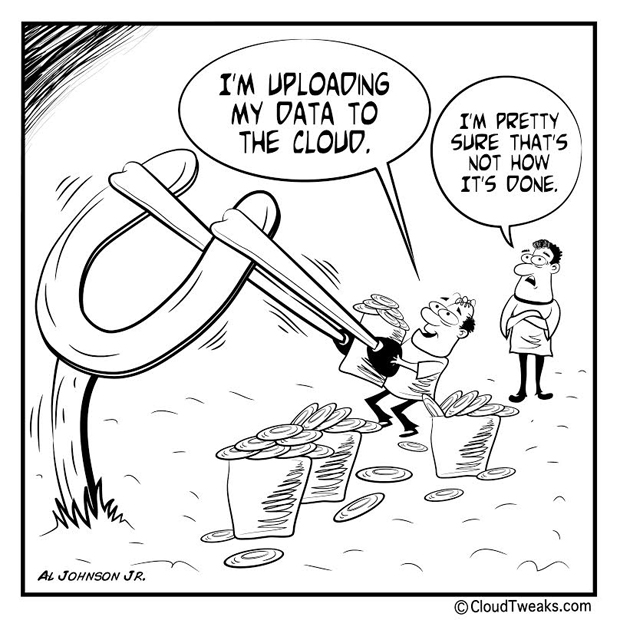Over the last two years, our world experienced a dramatic acceleration of digital transformation. The COVID-19 pandemic upended normal operations for many businesses and shifted the pace of technology adoption into warp speed. Migrating to the cloud became essential for business continuity and was no longer a future plan. As a result, many businesses implemented makeshift cloud migration plans overnight to keep core business functions running and enable employees to work from home. What seemed like two years’ worth of digital transformation occurred in two months, as Microsoft CEO Satya Nadella perfectly described.
When this sudden technological shift occurred, most organizations didn’t have the time or forethought to implement a long-term strategy around data governance and managing the influx of data created by remote workers. Consequently, new challenges emerged around data sprawl, or the massive amount of data produced by businesses and enterprises. When left unchecked, data sprawl can lead to many problems, including surging IT costs, data access challenges, poor user experiences and increased security risks.
Now, as organizations have adjusted to remote operations and look to derive maximum value from their technology resources, the time is ripe to introduce a long-term data management and governance plan. A strategic approach is critical to overcoming data sprawl and unlocking the true benefits from cloud technologies and solutions. Outlined below are four tips for improving your IT environment and managing data sprawl for the long haul.
Any instance of migrating data or consolidating IT resources can be an opportune time to introduce a governance model. Make the most of this opportunity to establish your governance plan.
An effective data governance plan should include the mission, supporting goals and objectives, and top KPIs. It should also outline which employees or teams are responsible for data management and processes. Once the plan is created, appoint a data governance lead to implement best practices and ensure data governance is an ongoing strategy. This role should report to the CIO or CTO so that company leadership aligns with data governance practices and processes. The lead can help inform the ideal technologies for your company to leverage around managing data. In addition, task the data governance lead with training internal teams on governance practices, including making decisions around data, determining what stays or goes, and data access.

To show the detrimental and wasteful impacts of data sprawl, try to track the costs associated with sprawl from a time and monetary standpoint. Measuring the financial impact will illustrate the value of data governance and how harmful sprawl is to a company over time. Additionally, tracking the actual cost and investment of IT resources to address sprawl can make the concept less abstract and more tangible to company leadership, which can help with introducing swift, actionable governance measures.
Getting your IT environment in order requires assessing the data you have. Audit and organize your data and eliminate what you no longer need. Closely review platforms like Microsoft Teams and the structure of other channels, document libraries and SharePoint. Compliance regulations must be considered, as different compliance rules apply to companies based on their industry and will factor into what data must be kept.
As employees leave your company, irrelevant and outdated data and unused software licenses can accumulate. And with the ongoing Great Resignation, companies may experience a higher level of employee turnover than in previous years. An overabundance of unused licenses can result in unnecessary costs and contribute to sprawl. Conduct an audit of all software licenses to ensure they’re current and discontinue those no longer in use.
If we’ve learned anything over the last two years, it’s that flexibility is essential and to expect the unexpected. These mantras are always relevant in the tech world.
Change is never easy. It’s imperative to build flexibility into your data governance model to ensure its success. The overall objective is to encourage employees to adopt the practices and processes you implement, not find ways to circumvent them because they’re too rigid. The overall goal is to keep your company in command of data creation, access and management. A positive user experience helps ensure your governance plan is a success.
We’ve seen many businesses invest in technologies to enable remote work and enhance workflows. Now, they must show the same commitment to data governance. Companies must prioritize and invest in governance to get ahead of data sprawl. Having a long-term plan in place will improve how organizations operate and deliver many benefits, both now and in the future.
By Frank Suglia





